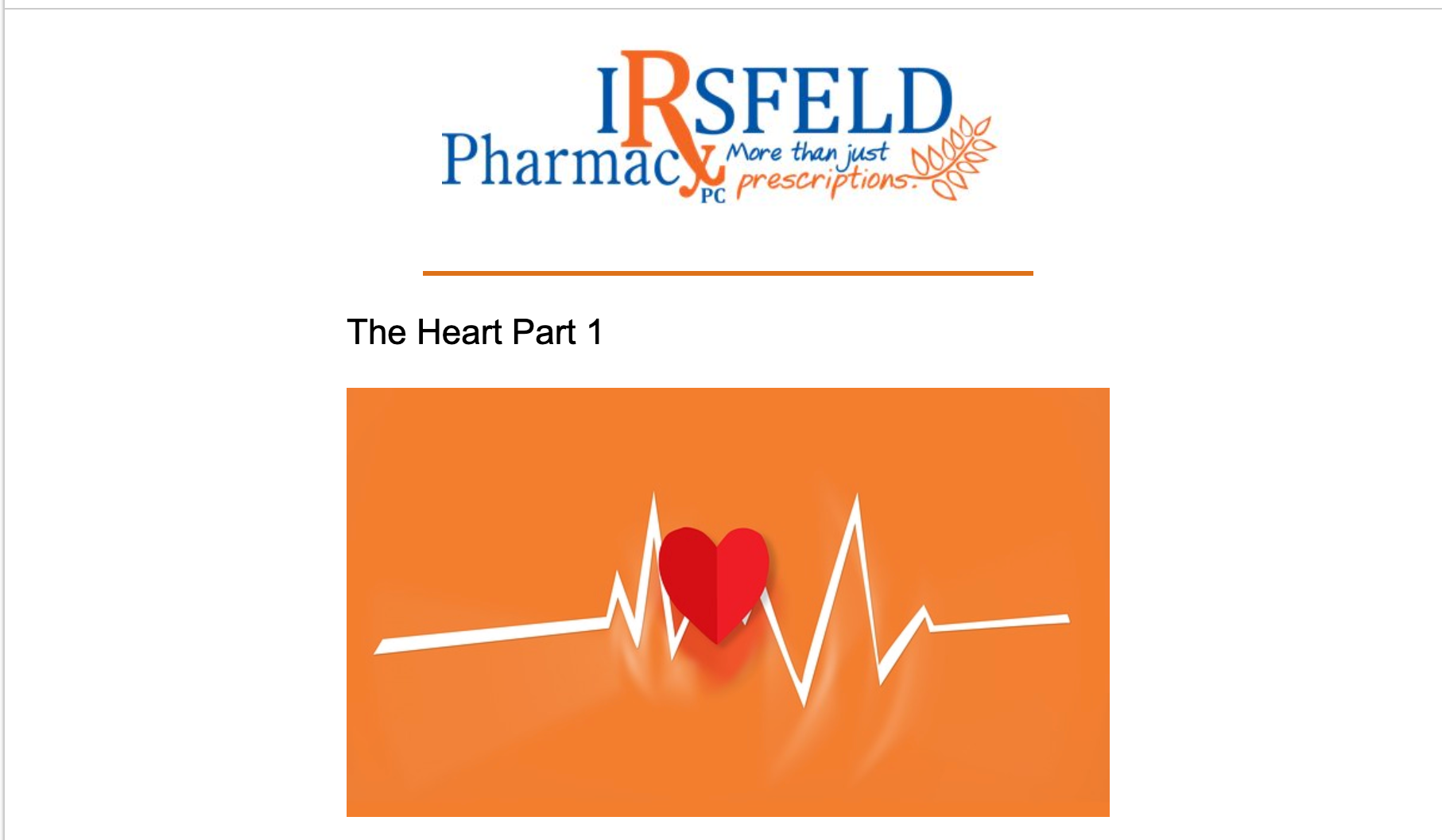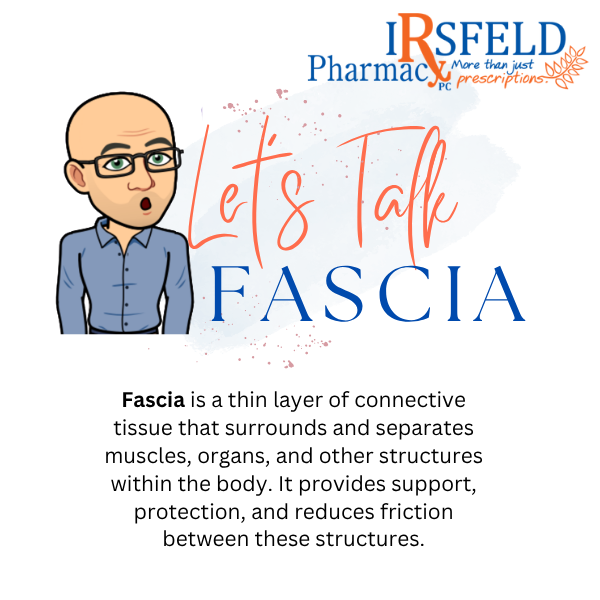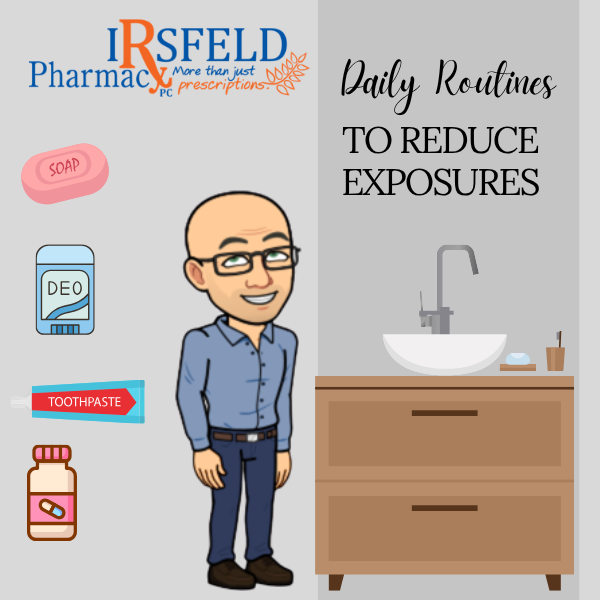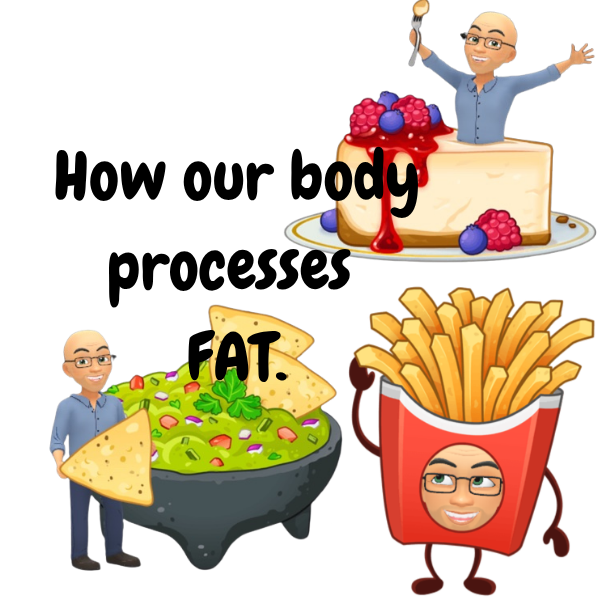February is when we talk "Heart"

February is the month of the heart for many reasons. Valentines’s Day is February 14th, the day of love and the emotional heart. February is also designated as heart month by the American Heart Association. “Go Red” for women is the American Heart Association's national movement to end heart disease and stroke in women. Both causes, causes focus on the physical heart.
So why is there so much focus on heart disease? The heart is one of the most essential organs in our body, if our heart stops beating life will not continue. Many people don't know this, but heart disease continues to be the number one cause of death in the US. Cardiovascular disease accounts for nearly one out of every four deaths in our country. The universal testing to monitor CVD is by checking your cholesterol. One thing to remember is that all cholesterol is not bad; only bad cholesterol is bad. I say this because cholesterol is a building block in our bodies, essential for the structure of cell membranes, and it is what every hormone evolves from. Cholesterol is also involved in the transport of fat-soluble nutrients through our bodies.
Here is an example of a recent conversation with one of my patients. He is currently taking a statin drug, and his cholesterol is 88. Normal would be less than 200. This level may be looked at as a great level however, he is also being treated for low testosterone, possibly due to the lack of building blocks in his system.
A standard lipid panel will check total cholesterol, LDL, HDL and triglycerides. Total cholesterol is composed of bad plus good cholesterol. LDL or” lousy” cholesterol is the bad cholesterol, triglycerides or “terrible” are bad as well, while HDL or “healthy and helpful” is the good cholesterol. It is essential to know these numbers just like our blood pressure.
Keep the statistic in mind that only 1/2 of people who die of heart attacks have high cholesterol. Underlying inflammation can play a big part in that, and there are two blood markers that can help determine if that is an issue: C reactive protein and homocysteine. Both tests can be requested from your practitioner.
Once you have obtain these numbers you can plug them into an online CVD risk calculator there are several to choose from, and there are two that I recommend. The ASCVD risk estimator plus https://tools.acc.org/ascvd-risk-estimator-plus/#!/calculate/estimate/ and U-Prevent https://u-prevent.com. Both help to predict your risk of having a future heart attack, stroke, or other significant heart disease in the next 10 years. In the case of the U-prevent, you have additional options that include if you have had a coronary event previously, and if you are currently taking medications.
When I plug my most recent numbers into the calculators, I get around a 5% risk of a cardiovascular event in the next 10 years.
The next monitoring item is to find out of your coronary calcium CT score, which is a heart scan based on assessing the amount of calcification in your coronary arteries. A coronary calcium test score of 0 indicates a very low risk of heart attack, in the next two to five years. This test in Dickinson is done at the Sanford clinic West and is not covered by insurance. It requires an order by your practitioner, and the out-of-pocket cost is $100. I have had one done a few years back, and even though the risk score was good, I have a family history of CVD, and I wanted to see if I was having any calcification. Fortunately, my score returned to 0, which meant I had no calcification at this time. It is probably time to repeat the test which they say can be done every three years to ensure calcification isn't creeping in.
The last test you could do is a lipoprotein particle (LPP) for cardiovascular risk assessment. This test will look at the particle size of your lipids. This is important because small, dense particles can increase your risk of CVD as they are easily taken up into the vascular wall with inflammation, eventually causing calcification of the arteries. Large particles bounce around our vasculature, causing little issues as they do their work.
A simple analogy of this would be to think of the blood vessels as a tennis net, tennis balls or large sized lipids bounce off the net and are not an issue. Small, dense lipids, the size of golf balls, easily go through the net and create a buildup of calcification in the arteries and veins.
The LPP test also looks at some additional markers; 2 important ones are LP(a) and apo(b). LP(a) or lipoprotein little a, is particularly dangerous because it inhibits plasmin formation, an enzyme that dissolves blood clots. High Lp(a) levels are strongly linked to thrombosis, significantly raising the risk of blood clots associated cardiac events. It can also penetrate the arterial lining, become oxidized, and build plaque, thus contributing to atherosclerosis independent of its thrombotic potential. ApoB, or apolipoprotein B, is a protein produced in the liver attached to the surface of all low-density lipoproteins (LDL), regardless of type. Each of the following plaque-causing molecules of VLDL, RLP, Lp(a), and LDL has exactly one apoB molecule attached to it. Thus, ApoB can be influenced by lifestyle and medications, whereas Lp(a) is more of a genetic risk factor with little influence by medications.
All these tests give you clues to what is happening with your cardiovascular system. Once you have the information, you can influence the path you take going forward. Influencing the path can be done with diet, exercise, supplementation, and medications. In my next article, we will dig deeper into cardiovascular disease and the best ways to decrease your risk of having a cardiovascular event.
If you would like help or more information about cardiovascular disease, don't hesitate to contact my pharmacy staff, as they would be more than willing to help you at 701-483-4858. All my articles can be found online at our website www.irsfeldpharmacy.com . My podcast, “The Irsfeld Pharmacy Optimal You Podcast” can also be accessed through the website.
Until next time be vigilant about your health!!












Share On: